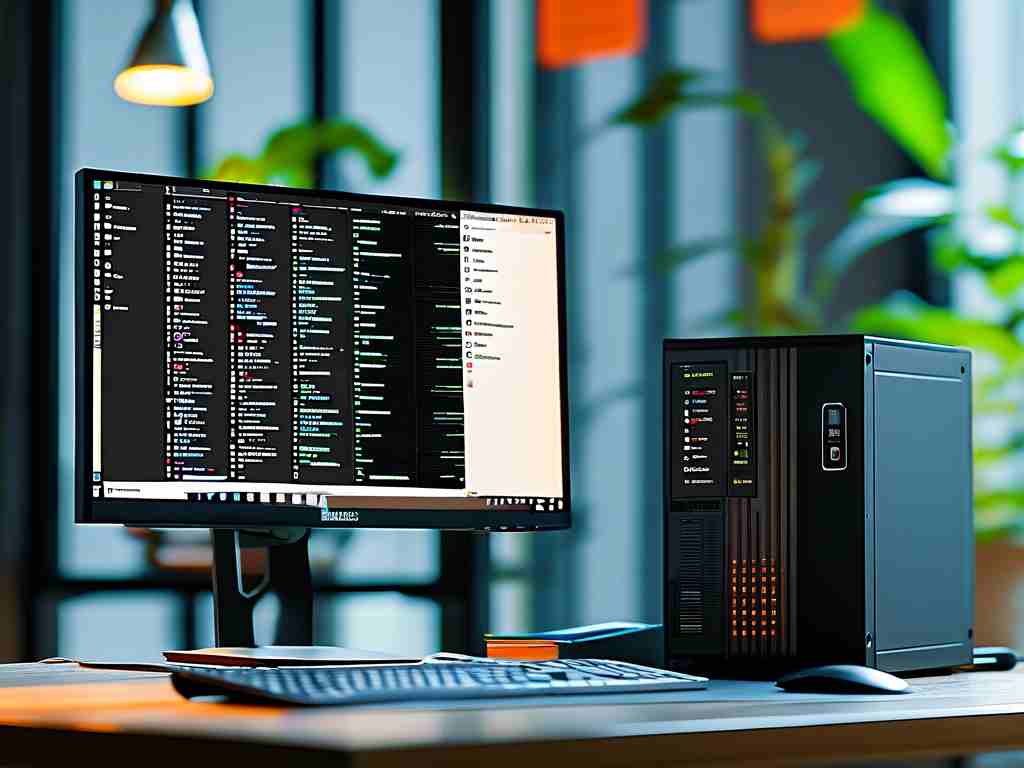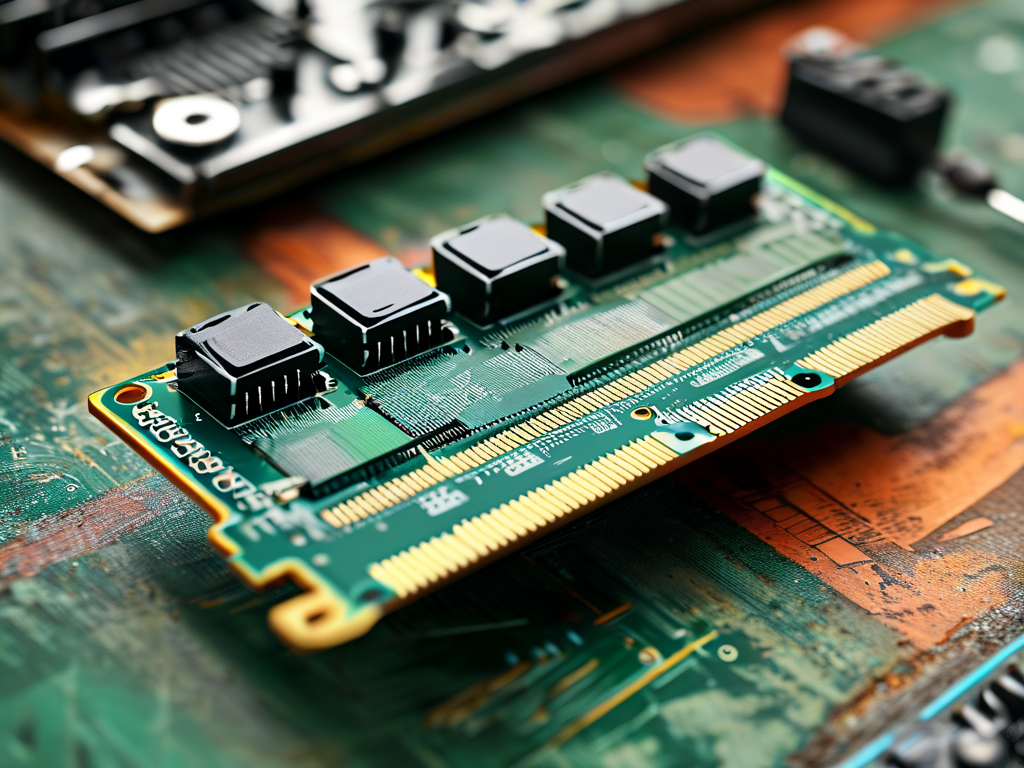Effective memory management is crucial for maintaining optimal computer performance. While plugins designed to enhance memory allocation can be helpful, outdated or conflicting tools may cause system instability. This guide explores professional methods to safely uninstall memory management plugins while preserving system integrity.

Understanding Memory Management Plugins
Memory management plugins are third-party utilities that optimize RAM usage by clearing cached data or prioritizing active processes. Popular examples include "MemOptimizer Pro" and "RAMBooster." While these tools promise performance boosts, improper installation or version conflicts often lead to crashes, slower boot times, or software incompatibility.
Preparation Before Removal
-
Backup Critical Data
Create a system restore point through Windows' Control Panel (Control Panel > System and Security > System > System Protection). For macOS users, enable Time Machine backups before proceeding. -
Identify Plugin Components
Open Task Manager (Ctrl+Shift+Esc) and look for processes like:MemHelper.exe CacheCleanerServiceNote their installation paths shown in the "Open File Location" context menu option.
Standard Uninstallation Methods
For Windows:
Navigate to Settings > Apps > Installed Apps, locate the target plugin, and select Uninstall. If remnants persist, use the developer's proprietary removal tool (e.g., "MemTools Cleanup Wizard").
For macOS:
Drag the application from the Applications folder to Trash. Remove associated files using terminal commands:
sudo rm -rf /Library/Preferences/com.memplugin.* Advanced Cleanup Techniques
When standard methods fail, manually delete residual files:
- Registry Edits (Windows):
Launch regedit and remove entries under:HKEY_LOCAL_MACHINE\SOFTWARE\MemoryPlugins - Library Scrub (macOS):
Delete framework files from:/Library/Application Support/MemoryPlugins/
Post-Removal Optimization
After uninstalling memory plugins:
- Activate built-in memory management features like Windows' "Memory Diagnostic Tool" (press Win+R and execute
mdsched) - Configure startup programs via Task Manager's "Startup" tab
- Implement manual cache clearing routines using batch scripts:
@echo off echo Clearing temporary files... del /q/f/s %TEMP%\*
Alternative Solutions
Instead of third-party plugins, consider:
- Hardware upgrades (adding RAM modules)
- Native optimization tools like Windows Performance Monitor
- Lightweight open-source utilities such as "BleachBit" for cross-platform maintenance
Troubleshooting Common Issues
Problem: "DLL file missing" errors after removal
Solution: Reinstall Visual C++ Redistributables from Microsoft's official site
Problem: Persistent memory leaks
Solution: Conduct clean OS boot (Windows: msconfig > Selective startup) to identify conflicting services
Regular maintenance using these methods typically yields better results than relying on memory management plugins. For mission-critical systems, consult certified IT professionals before modifying system components.









